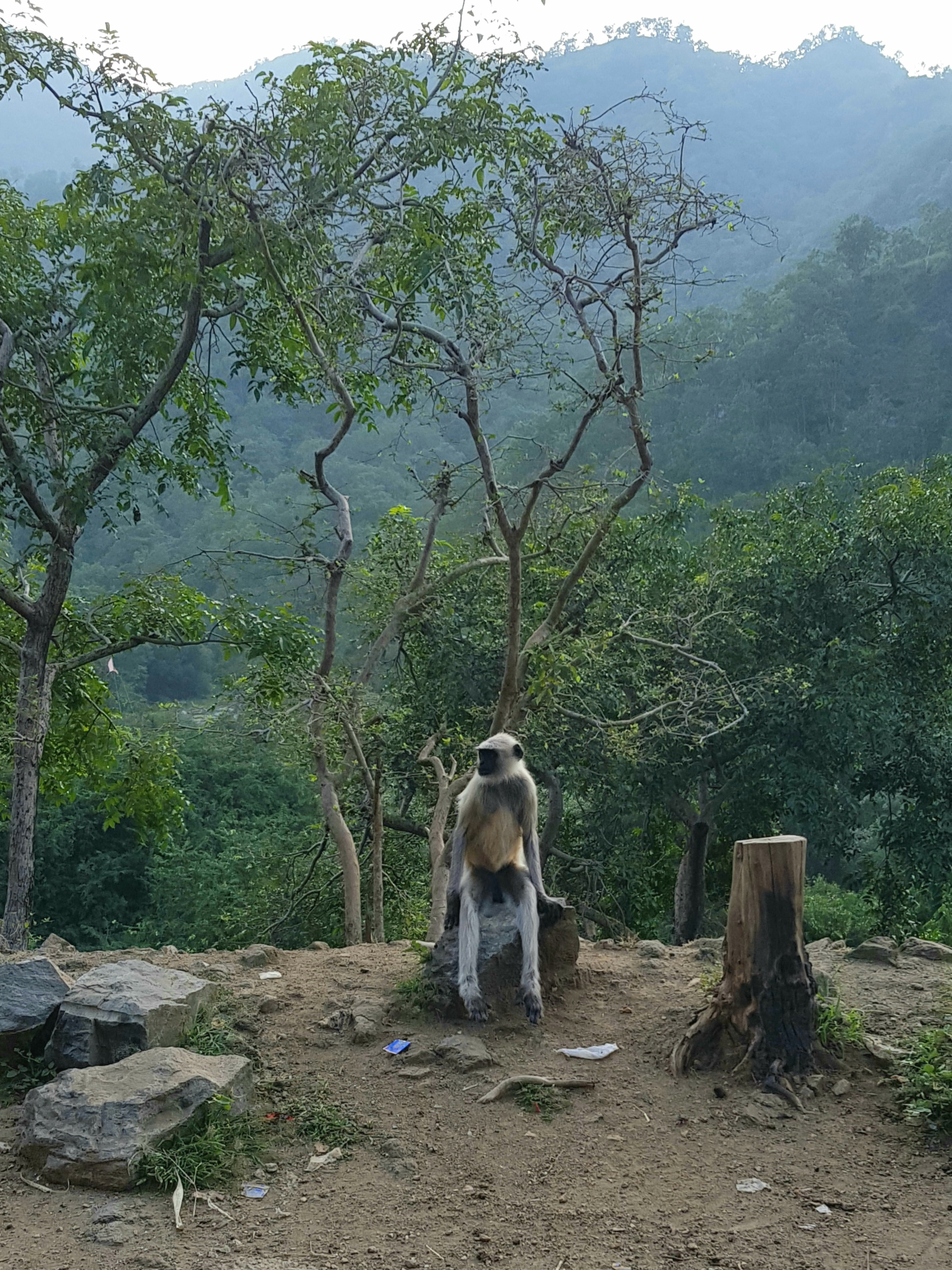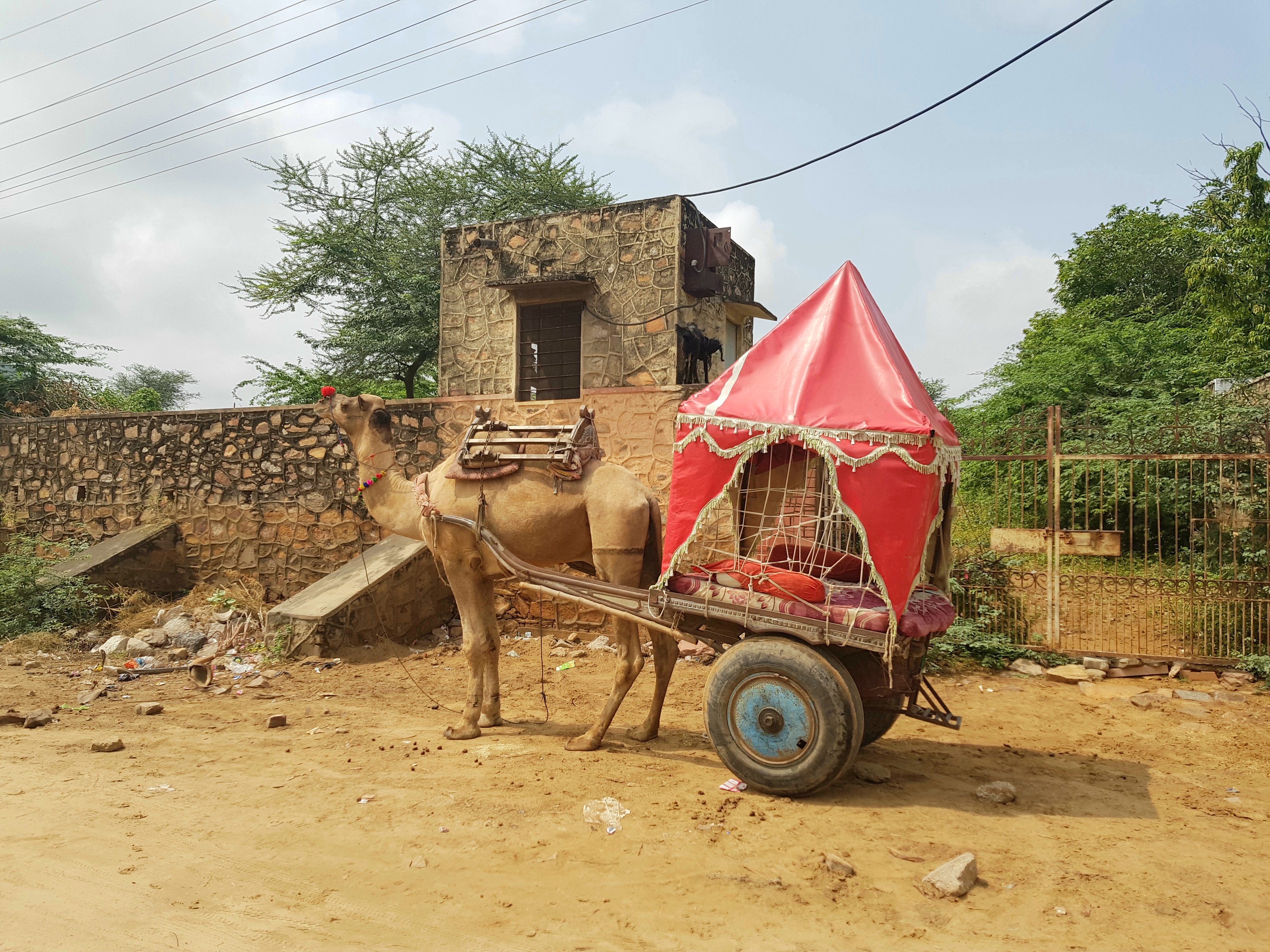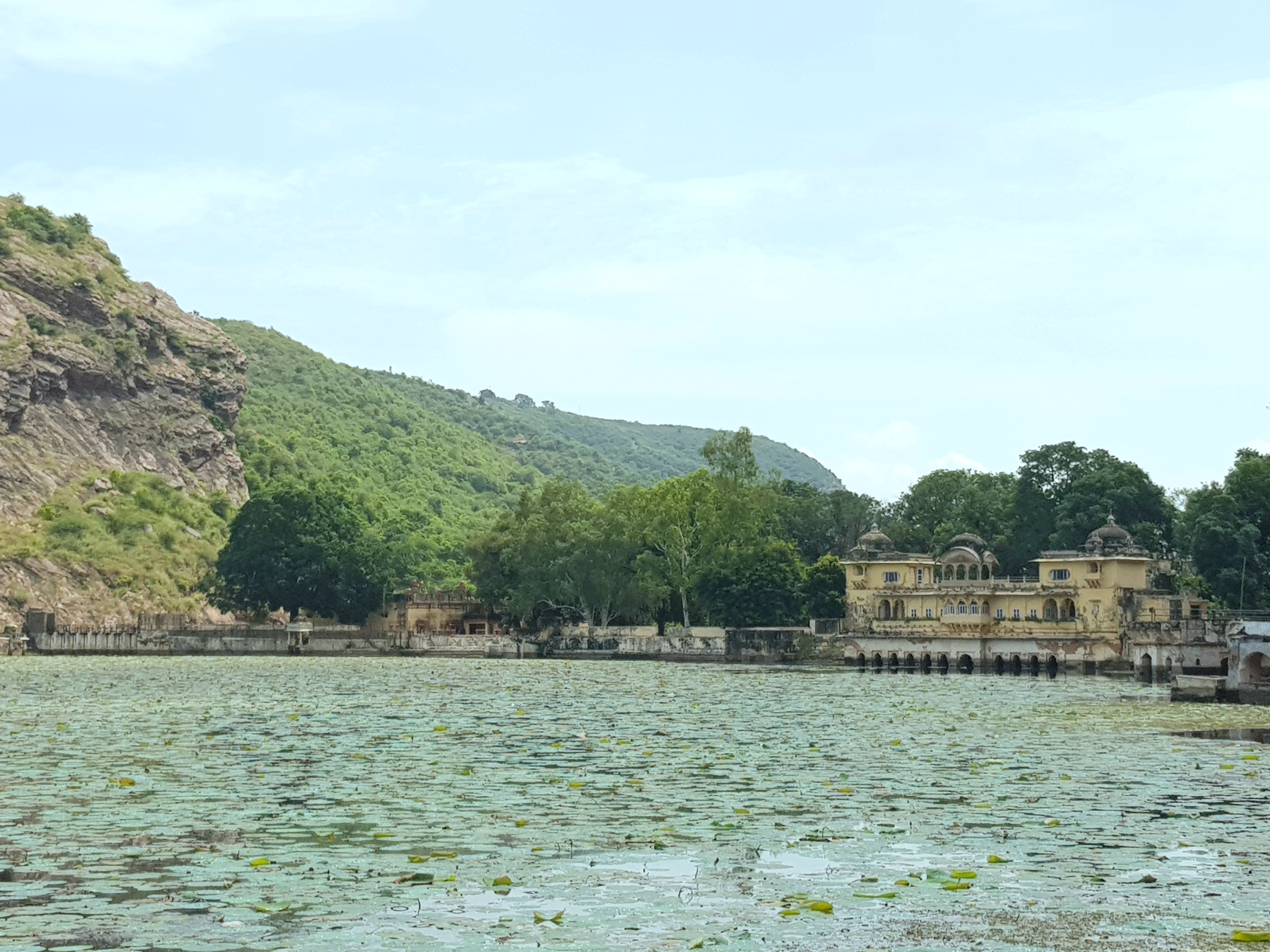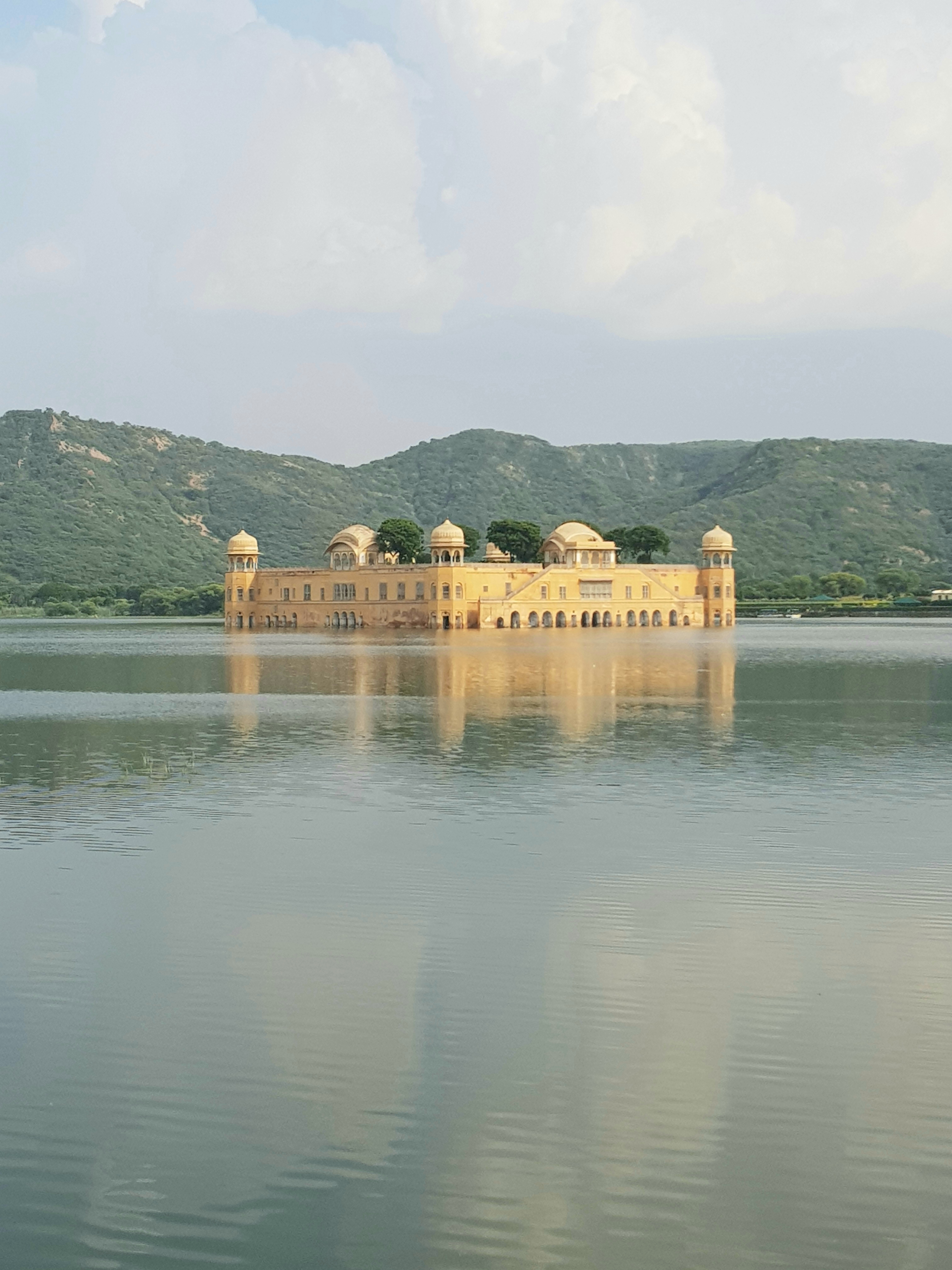New Delhi, 1 October
Time spent: one month. Distance travelled (land): 1775 km. Distance travelled (air): 2500 km. Places visited: 13.


So the time has come to look back and reflect on our month spent in India. As is our custom, let’s start with the price of a pint.

The beer we drank in India is called Kingfisher. It comes in either a 500ml can, a big, or a small bottle, and offers a choice of lager at 4.8% and ‘strong’ at ‘less than 8%’. The most we’ve paid is 350 rupees (£4) for a can of lager, the least 170 rupees (£2) for a big bottle of strong. Is it something we would ever drink back home? Probably not, but on a warm day an ice cold Kingfisher goes down a treat nonetheless.
Then for the final scores as awarded by our lovely judge Lauren:
The people score 7/10. Even though we’ve met some amazing and wonderful people, it’s hard not to also remember India for the annoying selfies, the aggressive tuktuk drivers, and the scam artists at temples. Pushkar is infamous for its so-called Pushkar Passport. Someone puts a bracelet on you or shoves a flower in your hand and then orders you to make an outrageous donation to the temple i.e. their own pockets. We are waiting in a queue at an ATM when we spot some guys handing out these ‘passports’. One of them approaches us. As usual he starts off by asking where we’re from, but Lauren, wise to the scheme, sighs and just says: “What do you want?” You can tell the guy is taken aback a bit and he mutters: “flower for you madam.” To which Lauren replies: “Absolutely not.” And that’s the end of that. Legend.
The food scores 9/10. Even though we finally did end up with Delhi-belly, the Indian food is pretty amazing. There’s a ton of choice and the cooking is not too spicy and very flavourful. Coming from two diehard carnivores, we both actually fell in love with the vegetarian food options. Best dish: Paneer Masala and everything we ate in Bundi. Worst dish: The dodgy goat that made us sick.
The travelling scores 7/10. Though travelling through Kerala was as convenient as Sri Lanka, busses and trains in Rajasthan are not exactly comfortable. Even when reserving the expensive AC seats, the travel isn’t relaxing because Indians love putting their phones on loudspeaker. Love it. Seriously I don’t think anyone up north has heard of headphones. On one train journey I remember a guy entering our carriage a few times around 6am just to make a loud phone call.. We used an app for tuktuk rides which is necessary in Rajasthan if you don’t want to be overcharged, but on the other hand the taxi hire for long distances was great and we managed to some great deals for that.
Best animal: This would have to be the black-faced langur, hands down. Though known to push napping, elderly people off of ledges on occasion, this langur is not generally dangerous and extremely cute with its wee humanlike face, plus some of them are trained to protect people from the more aggressive red-faced macaques, pretty awesome right?
Though I can’t see us return anytime soon to the places we’ve visited this time around, India has been an amazing experience and one that pushed our boundaries a bit too, which is not a bad thing. A trip to the far north and north east of India might someday be on the cards for us and at any rate we would love to come back one day to see tigers in the wild.
Overall, India passes the mark and receives Lauren’s certificate of excellence! Good times!


































